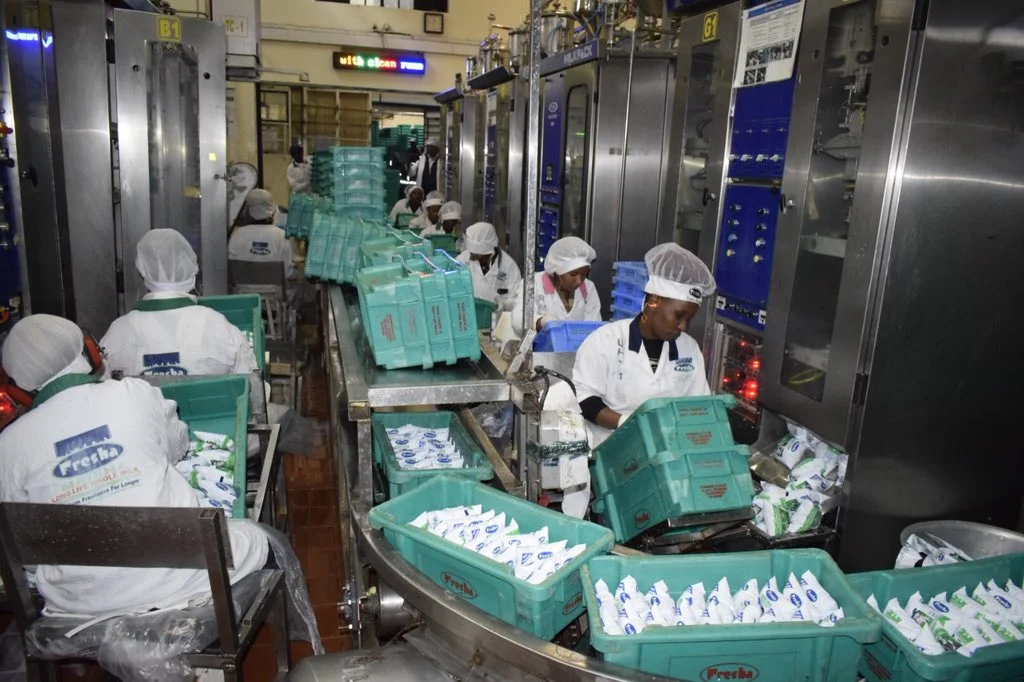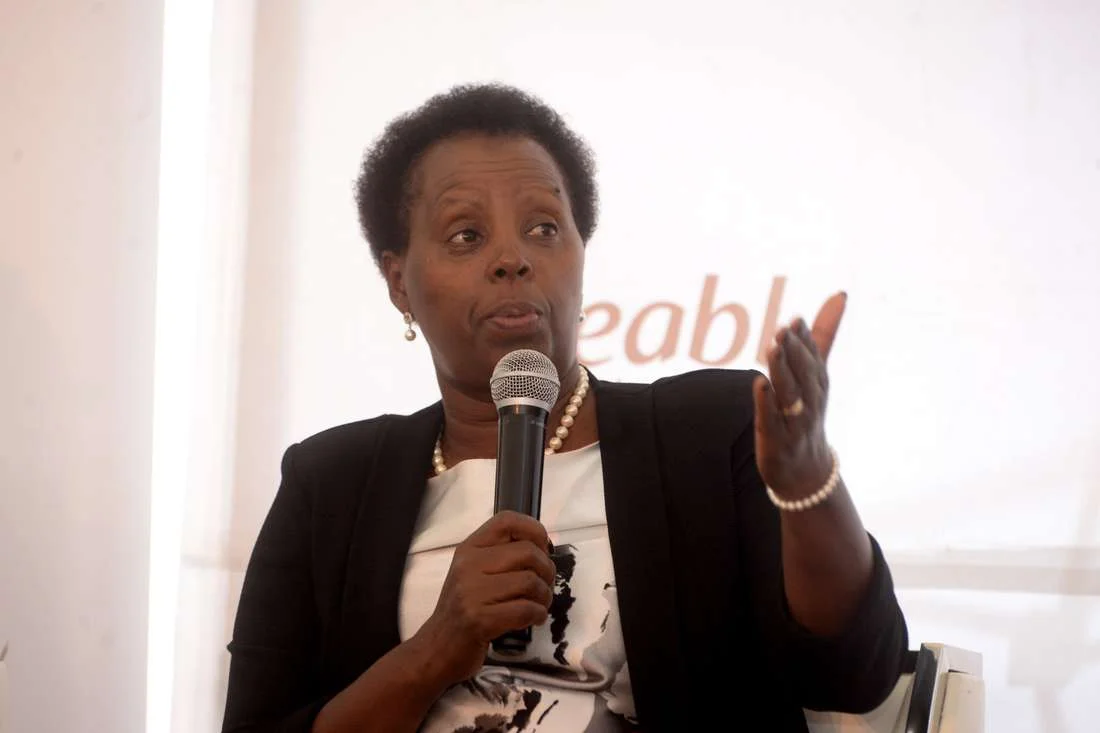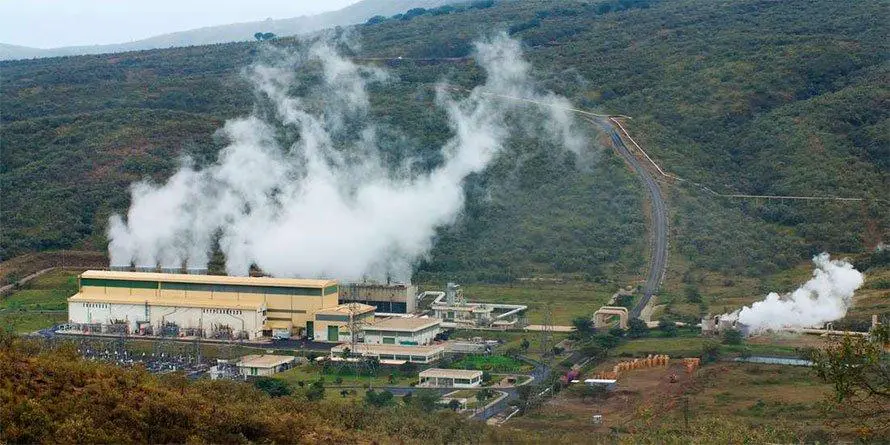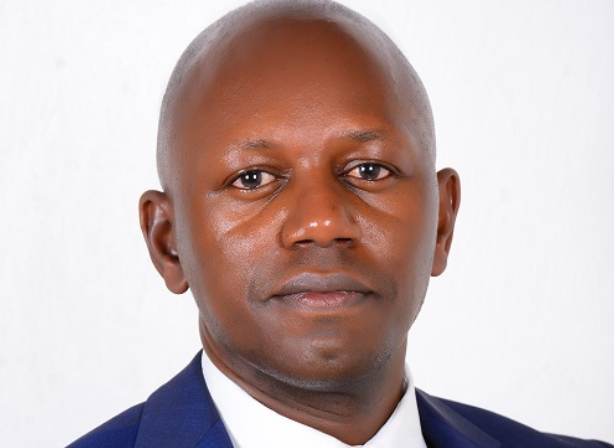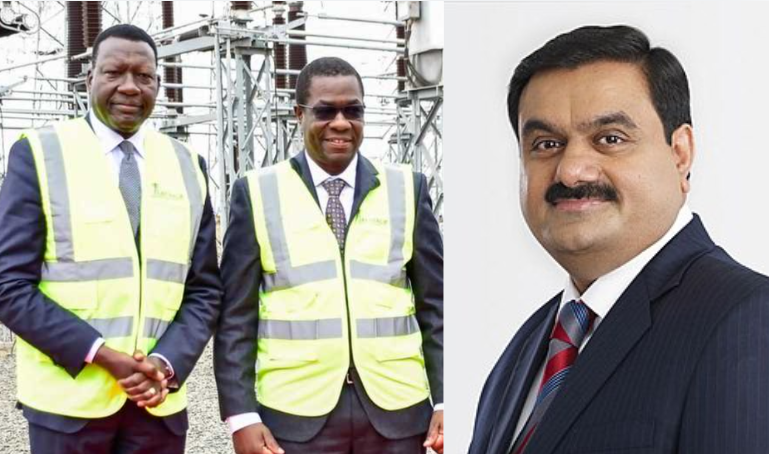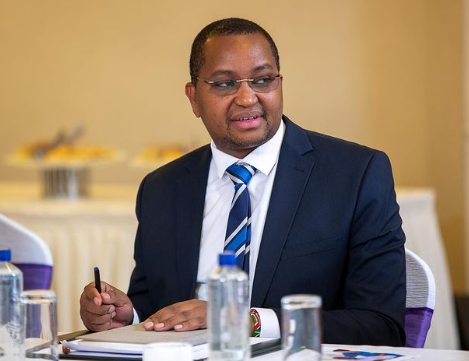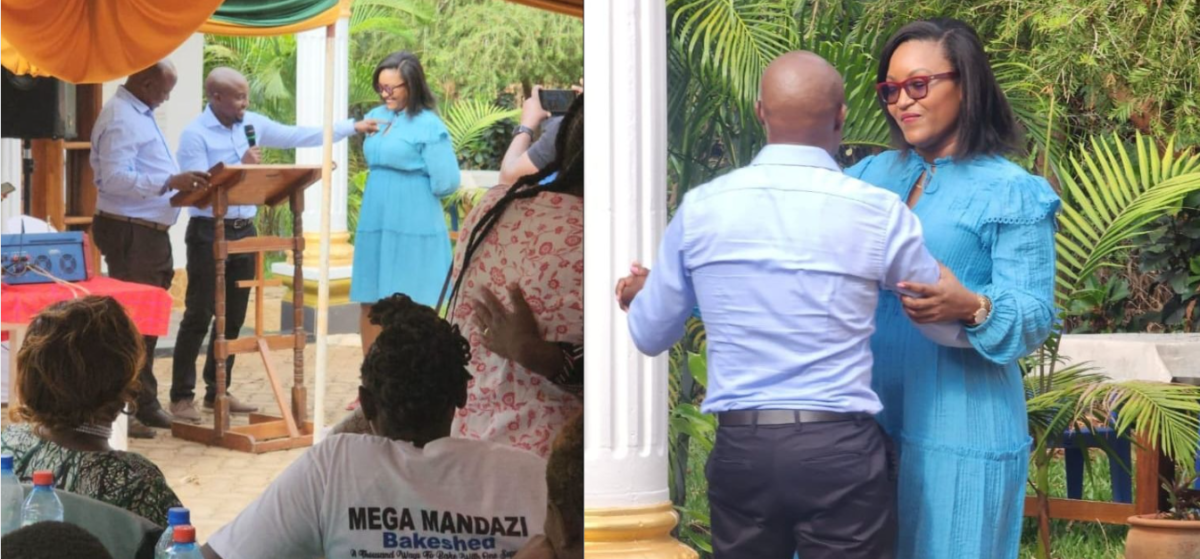
By Boniface Kimwere
Those who do not learn from history are doomed to repeat it. Jaramogi Oginga Odinga was undoubtedly one of the most influential Kenyan leaders of the 20th century. As a great patriot, he championed the rights of the peasants and continued resisting colonialism and neo-colonialism until his last breath. In essence, this analysis does not attempt to equate the stature of this legendary founding father or his accomplishments with those of the current Deputy President, William Ruto. Instead, it focuses on the similarity in the State’s attempts to lock out these leaders from assuming the highest office in the land.
President’s Champions
In the early 1950s, Oginga had an apparently delicate and difficult mission: secure Kenyatta’s release. Oginga’s primary message was that the colonial government should release Kenyatta since “he is already our choice.” The campaign took Oginga to different parts of the world, including India. At the time, it was believed that Oginga was creating a cult that was “reviving the political career of Kenyatta who, until 1963, was largely unacceptable to the white settlers, the colonial government, and the British governments.” The call was soon taken by other Kenyan leaders and it increasingly became hard for the government to keep the future president behind bars. History favours Oginga, who refused to form the government until Kenyatta was released from prison.
Ruto, on the other hand, waged a fiery campaign that saw Uhuru elected to the highest office. So much was his contribution to this development that most people from Kenya’s Central Region believe that it would have been impossible for Uhuru to have won the past two elections. In the 2013 period, the two were fighting to clear their names and have their cases dismissed by the International Criminal Court (ICC). Undeniably, Ruto made a huge contribution to Uhuru’s victory in elections and the ultimate fight at the ICC.
The Betrayal
After assuming office, Jomo Kenyatta remained a close personal and political ally to Oginga. Generally, Kenyatta had to cultivate this bond to make sure that he had direct access to funds that originated from the East. Kenyatta, before independence, was highly dependent on Oginga, given that he “had nowhere else to turn for sympathy and help; he needed money for his own genuinely Nationalist political purposes.” However, this would later change when Kenyatta started getting money from the West.
The West and the Kikuyu elite were particularly not comfortable with the prospects of Oginga’s presidency. Since the early 1960s, the government was “very concerned about the political orientation and intentions of Odinga.” Among the African elite, some people bared grudge against Oginga for “resurrecting and adding lustre to Kenyatta’s political mythology.” Apparently, “Many of them believed that Odinga’s actions had denied them an opportunity to emerge as national leaders, for now, they had been forced to work under Kenyatta’s shadow.”
To throw Oginga under the bus, it was essential to formulate a compelling story that would make people fear and distrust him. The first major attempts, which occurred in independent Kenya, were to demonstrate that Oginga was leaning towards communism. The government waged a misinformation campaign that sought to show that Oginga was working with the East to overthrow the popularly elected government. At the peak of this campaign, “a consignment of small arms was removed from the basement of Odinga’s Ministry to the armoury.” Oginga’s opponents were quick to point out these developments as a clear sign of his intentions to overthrow the “beloved government.” The state preached that communism was inherently un-African and instilled fear by claiming that people would need to relinquish their lands to the state if this system became successful.
Years later, the Uhuru Kenyatta government has attempted to portray Ruto as the most corrupt politician in the upper echelons of Kenyan politics. Predictably, the state has waged a one-sided war on corruption with the sole aim of portraying Ruto and his allies as being guilty of graft and abuse of office. Suddenly, corrupt leaders have become saints by closing ranks with the other team. Like the charges on communism, the blatant depiction of Ruto as being corrupt is aimed at discrediting him and thwarting his attempts to ascend the presidency.
The use of Foot Soldiers and Abuses
It is an undisputed fact that most leaders demanding respect for the presidency have failed to grasp the fact that the deputy president’s office requires similar esteem. Lately, Ruto has been on the receiving end and recently, it has come to light that there is flagrant insubordination even in the cabinet. Media reports have disclosed that some PSs and CSs have teamed to frustrate the deputy president. The gradual glorification and promotion of Dr. Fred Matiang’i, as the super CS, has not been a mistake. In many instances, history is repeating itself.
Oginga, on his part, “From 1964 to 1966” “was deliberately subjected to the sort of treatment meant to either publicly embarrass or humiliate him in his capacity as deputy leader of the KANU and the country’s Vice President.” The Minister of Defence at the time (compare this with the current Minister of Interior, Dr. Matiang’i), Dr. Njoroge Mungai, attempted to humiliate Oginga when President Kaunda visited Kenya on an official visit. Mungai “who represented Kenyatta at the official ceremonies, did not bother to address the Vice President, who sat with him on the rostrum.” President Kenyatta also attempted to embarrass Oginga, for example, when he requested Joseph Murumbi to lead the Kenyan delegation to the meeting of Commonwealth Prime Ministers in London. Initially, Oginga had “been “scheduled to lead the team.”
Conclusion
In summation, history is repeating itself. The government is attempting to frustrate the deputy president and portray him as unfit for the presidency. In the 1960s, Kenyatta’s plan materialized when Oginga resigned from the government and formed KPU. New attacks on Ruto seek to accomplish a similar objective. It is crucial to see the inner workings of this regime and raise questions on why Uhuru is keen on getting rid of his deputy.



